Post-Operative Considerations
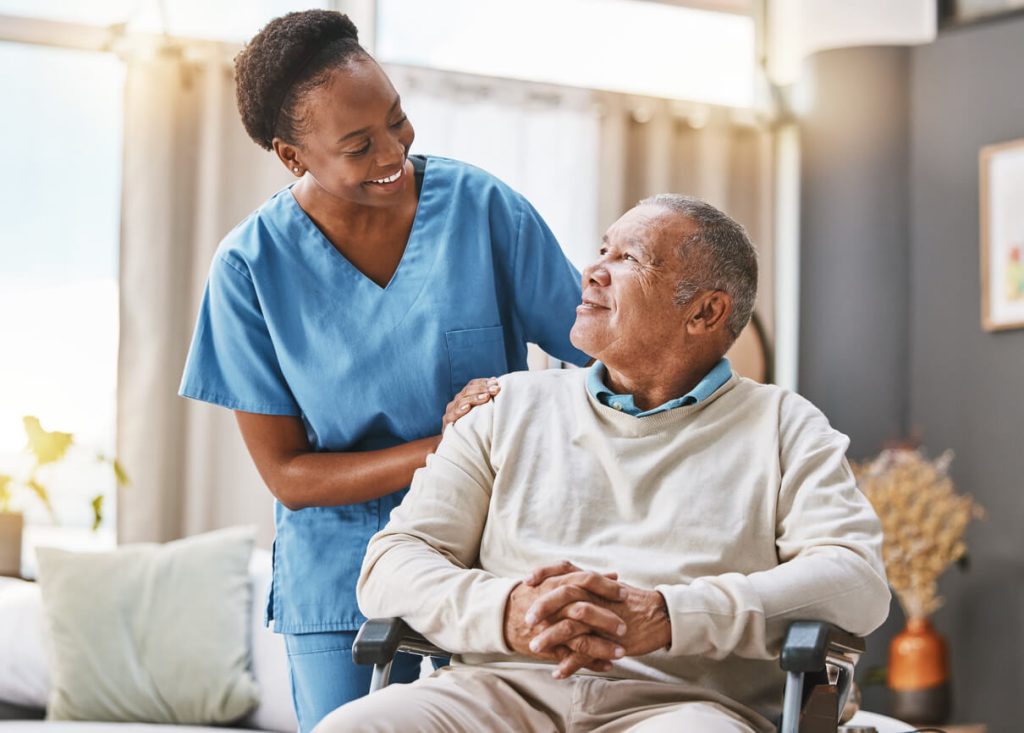
On returning to the ward following surgery you will have a drip (intravenous infusion) , possibly a catheter, nasal tongs to give you oxygen and a device for self administration of analgesia. There may be a drain in situ to collect any blood collecting in your surgical wound.
Blood Transfusions
This is avoided wherever possible. During surgery whenever possible your blood will be collected, filtered and transfused to you. This minimises the need for a blood transfusion from someone else.
Physiotherapy
This follows the Enhanced Recovery protocol and begins on the day of surgery. Physiotherapy involves exercises both in and out of the bed as well as mobilisation. Mobilisation commences with a Zimmer frame before progressing to crutches and then on to sticks. You are unlikely to be mobilising independently on discharge. The aim is to discharge patients between 1-2 days of surgery. A full back up service will be provided.
Exercises will be advised that you need to perform regularly on discharge. You will be provided with my App (Patient Journey App. Provider: Joint Replacement Surgery) which outlines the exercises, which you can familiarised yourself with prior to surgery.
Not all surgical packages include crutches, walking aids or raised toilet seats. Check with the hospital prior to admission or this will be an additional fee.
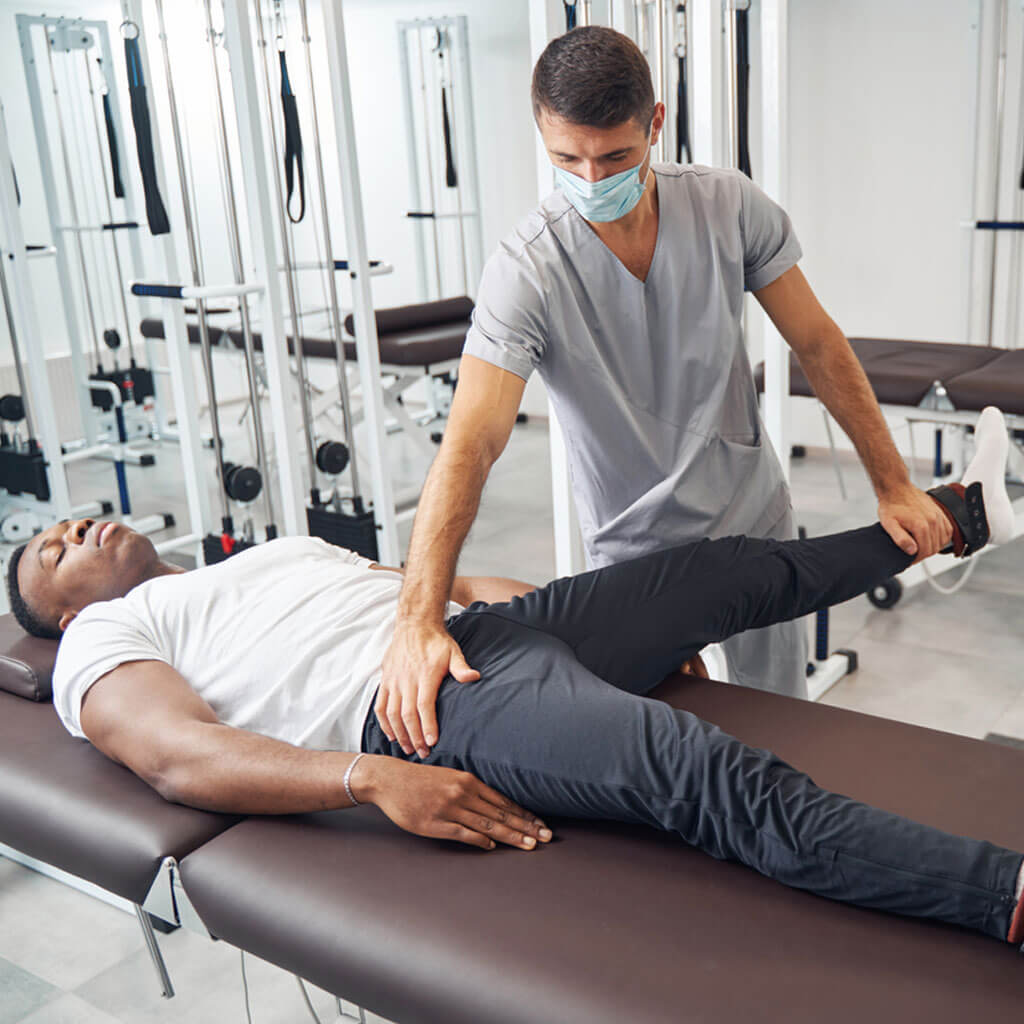
Occupational Therapy
You will see the Occupational therapist who will recommend equipment to assist you with your day to day activities. This may include raised toilet seat, grasper, long handled shoehorn, bath seat etc.
Special Precautions to prevent hip dislocation
Care should be taken in the first three months after surgery to allow the muscles around the hip to heal and hence reduce the risk of dislocation. These will be shown to you prior to discharge but essentially involves avoiding crossing your legs, flexing the hip beyond 90 degrees and avoiding any twisting movements.
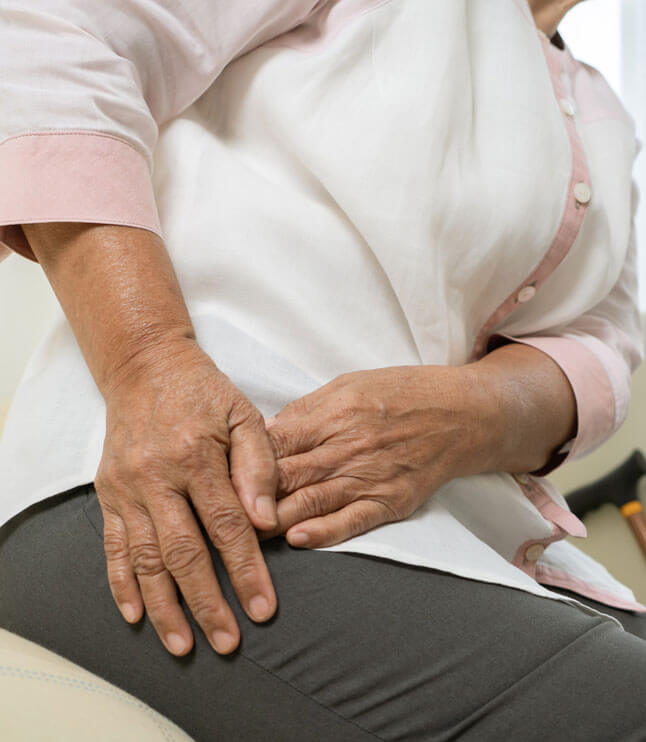
Movements to avoid:
Hip Replacement Surgery Information
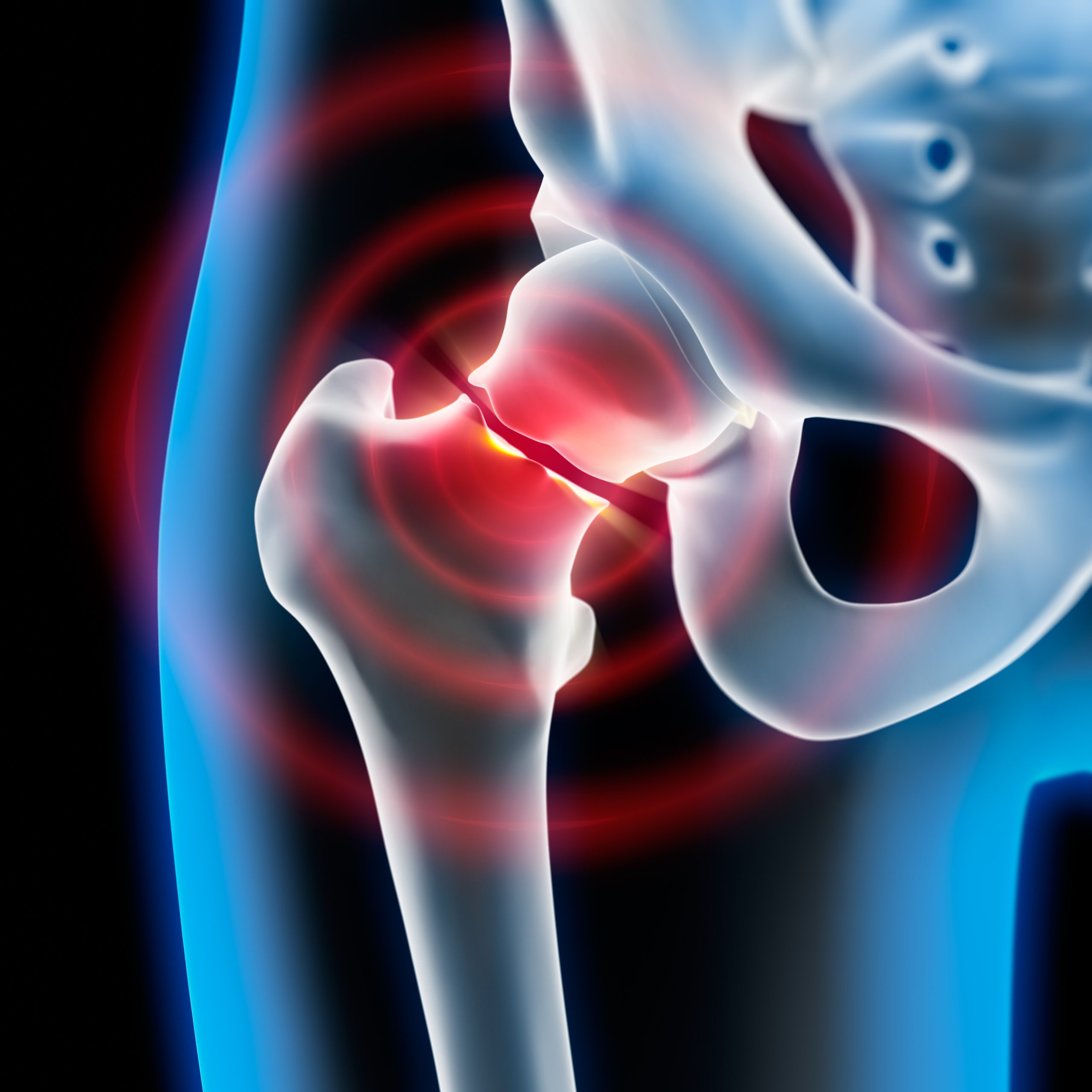
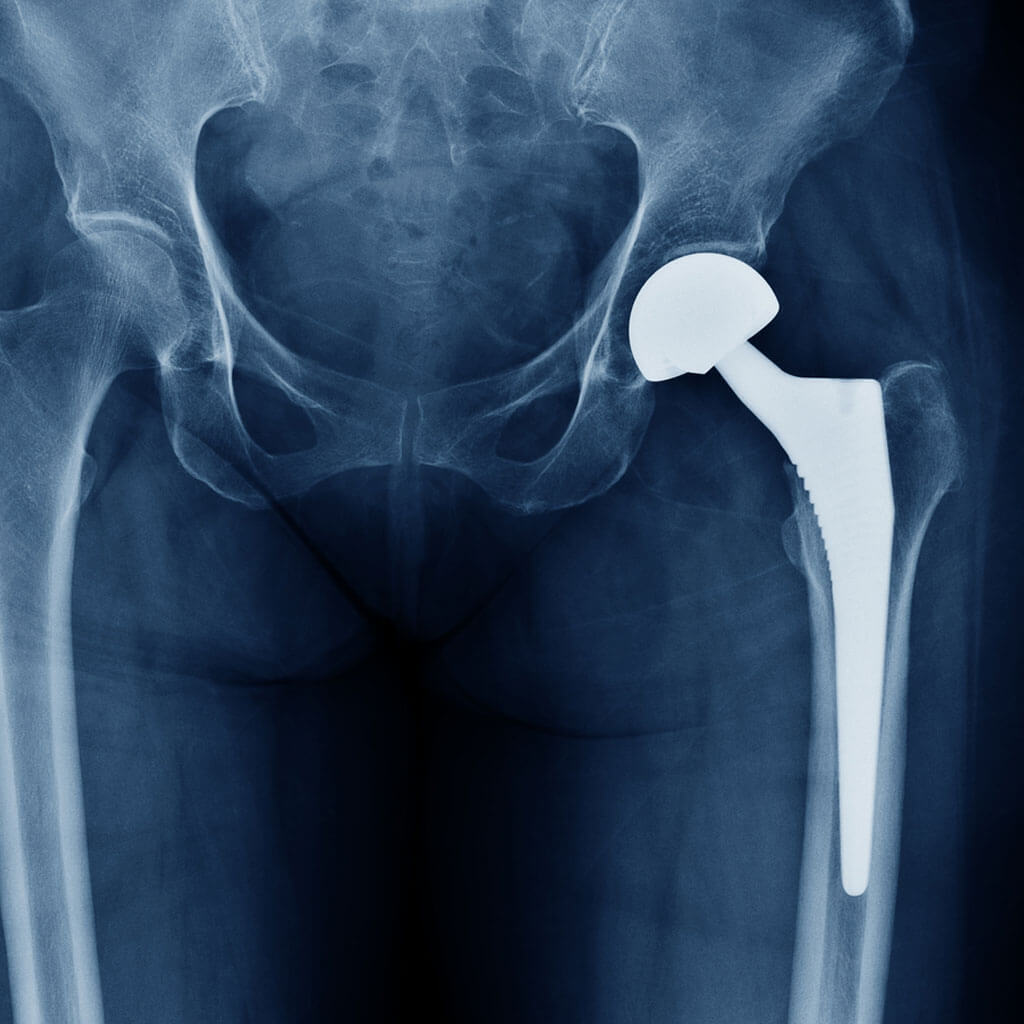
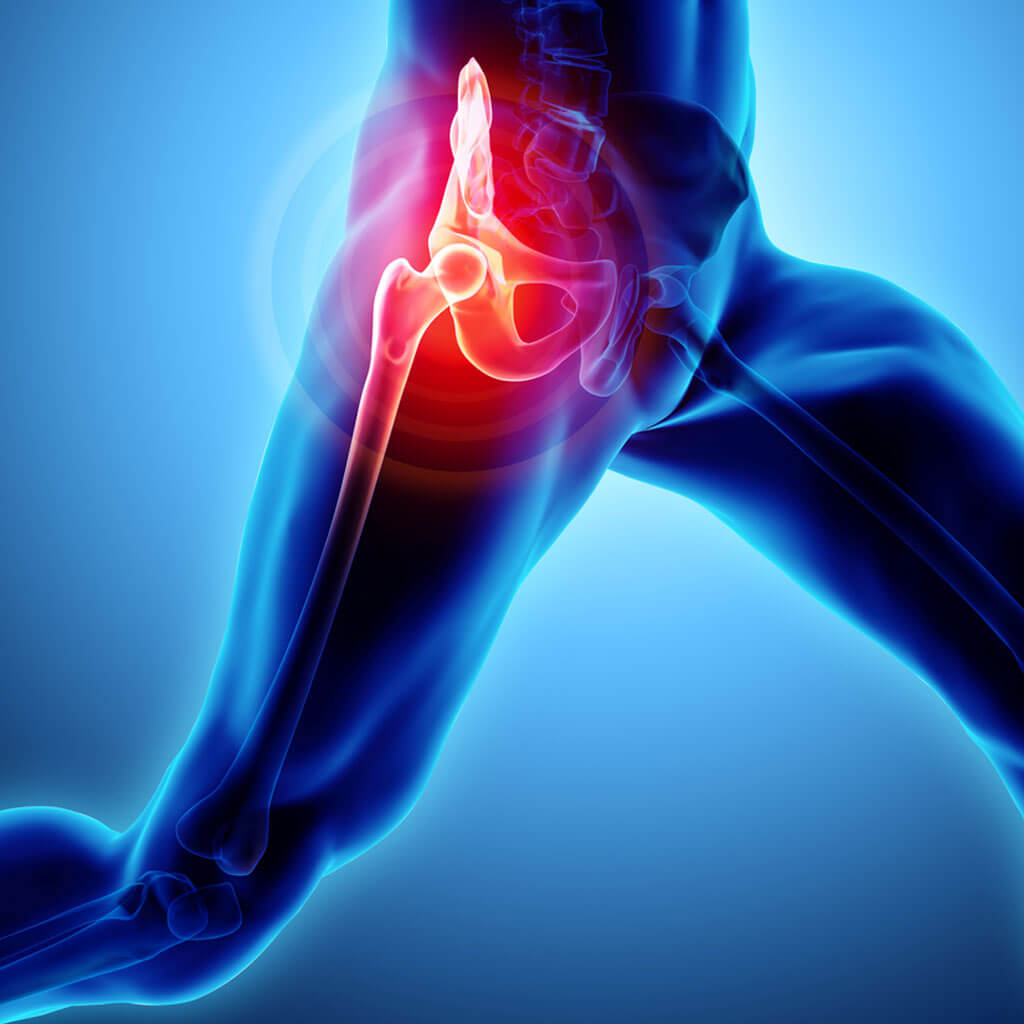

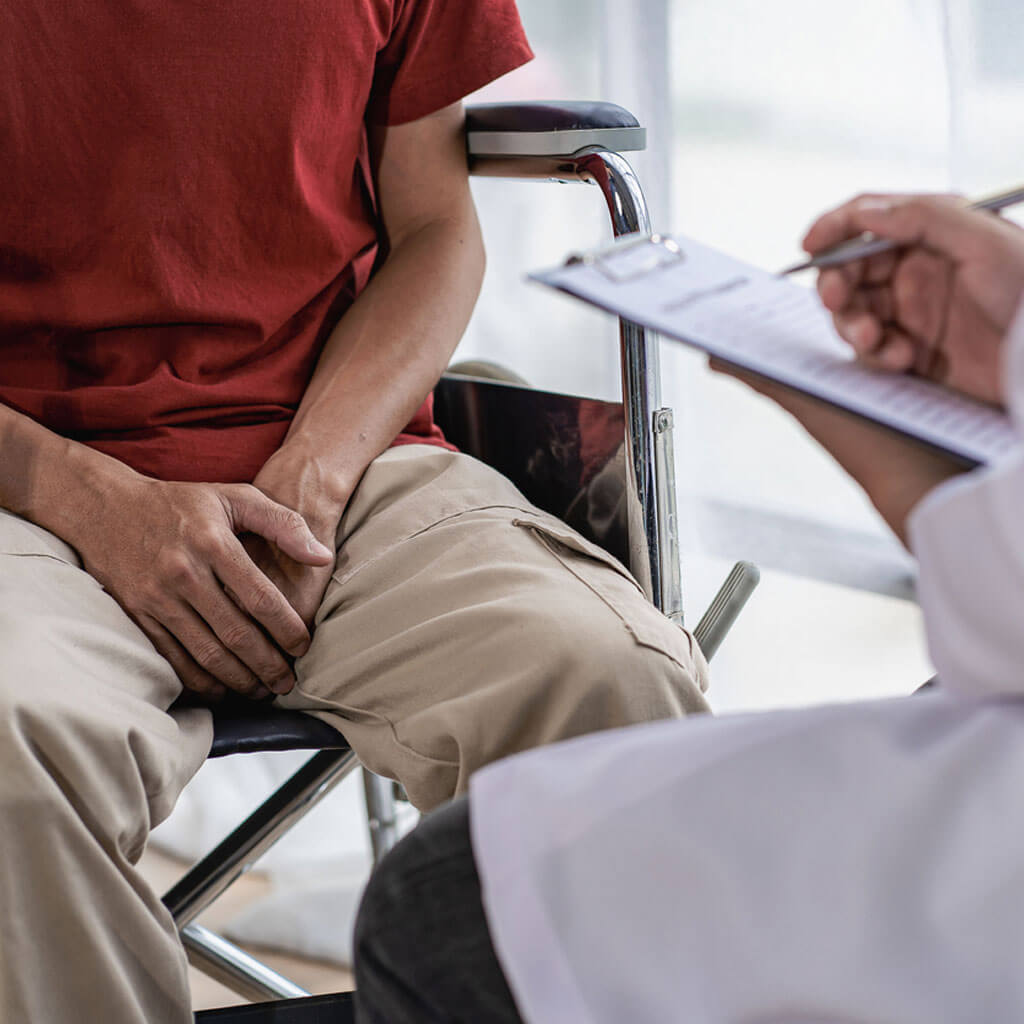

Contact For Appointments
Please contact our joint replacement clinic to further discuss hip replacement surgery in London.